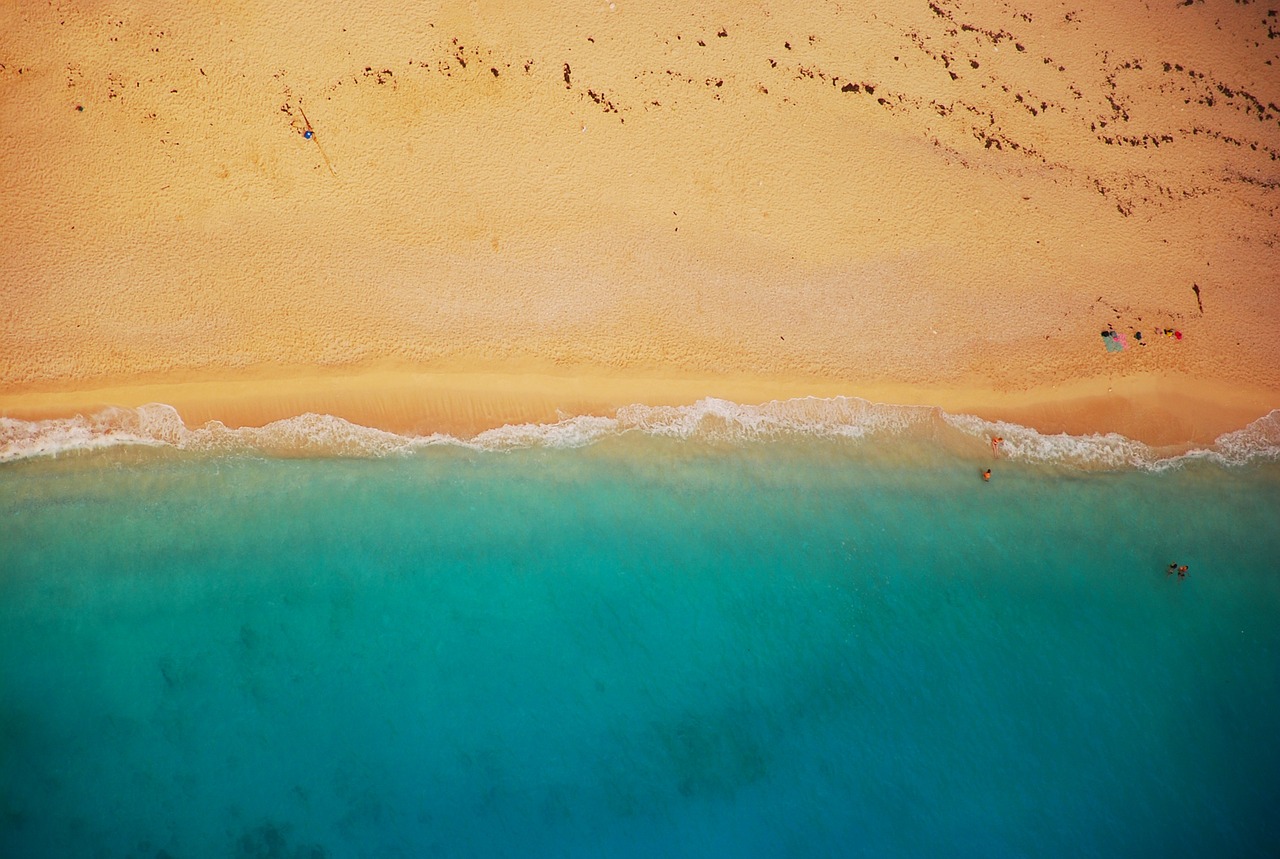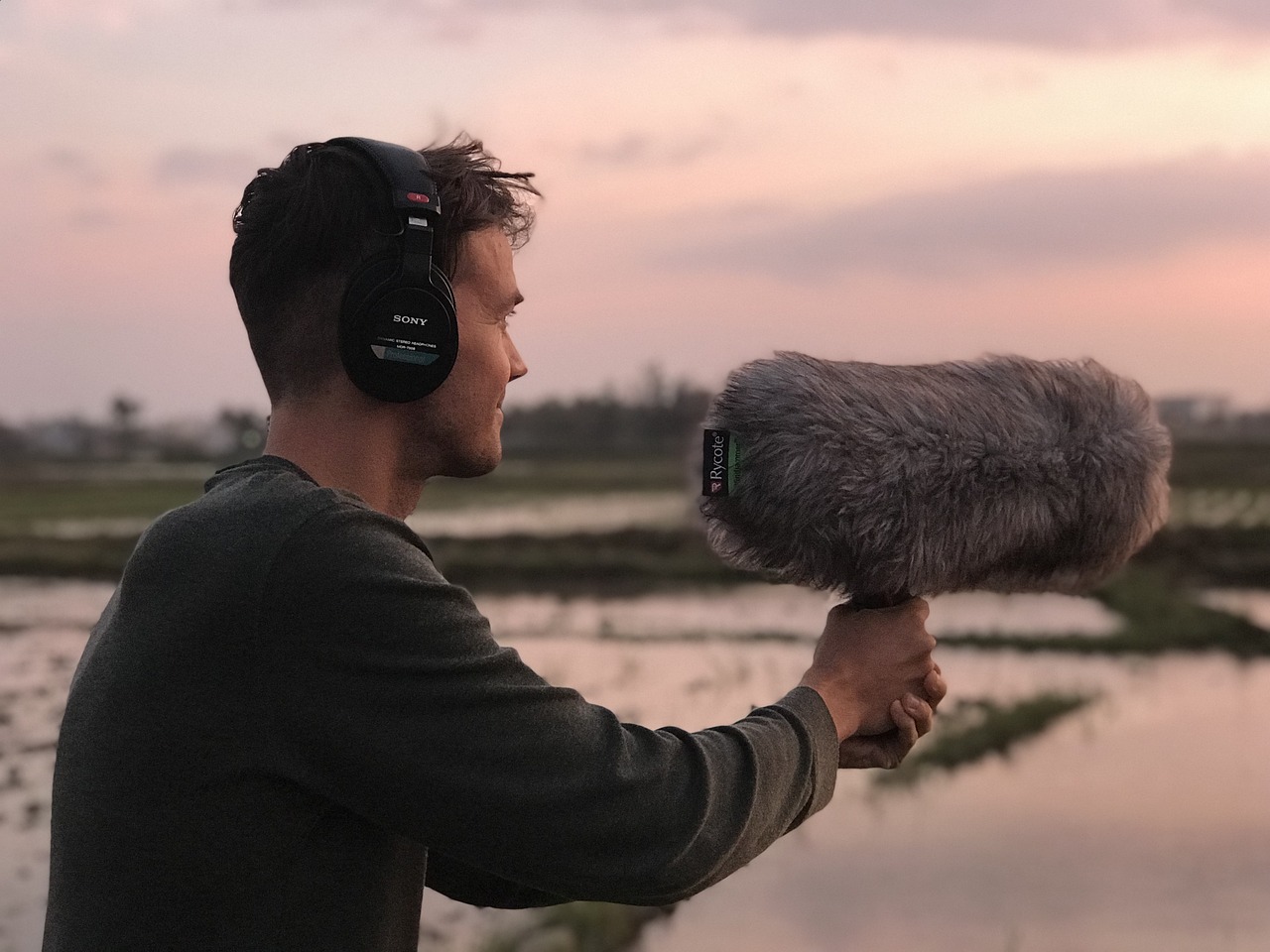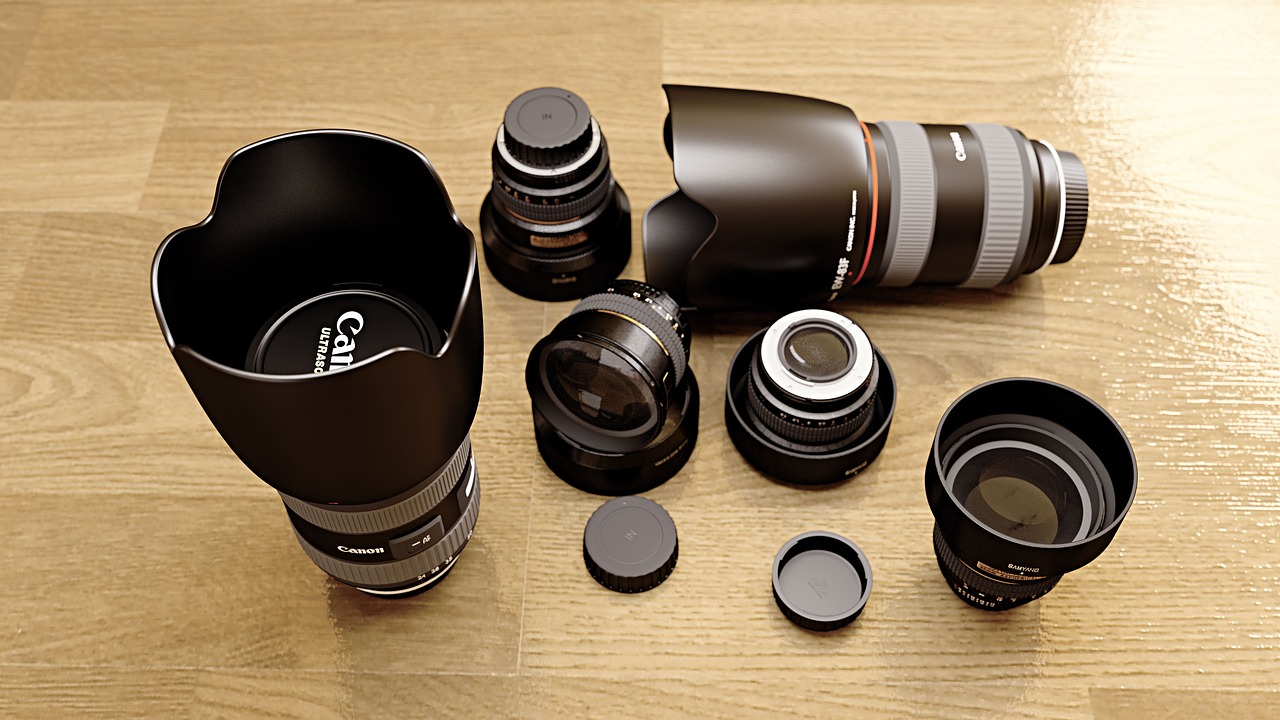Aerial Photography: Capturing the World from Above Aerial photography, also known as airborne imagery, is…
Photography and Videography: Capturing Moments in Time
Introduction
Photography and videography are creative arts that enable us to capture and preserve moments in time. Whether it’s freezing a beautiful landscape, capturing the essence of a person through a portrait, or documenting important events, these mediums allow us to express ourselves and share our perspective with the world. In this article, we will explore the world of photography and videography, from the basics to the advanced techniques, and discover how you can make the most of these art forms.
The Art of Photography and Videography
Photography and videography are not just about pointing a camera and pressing the shutter button. They involve careful consideration of composition, lighting, and storytelling. As a photographer or videographer, you have the power to evoke emotions, tell stories, and capture the beauty of the world around you. These art forms allow you to express your creativity and share your unique perspective with others.
Types of Photography
Landscape Photography

Landscape photography focuses on capturing the beauty of nature and the environment. It often involves breathtaking vistas, serene seascapes, majestic mountains, and vibrant sunsets. Landscape photographers use techniques like framing, lighting, and composition to create stunning images that transport viewers to different places.
Portrait Photography
Portrait photography aims to capture the essence of a person or a group of people. It involves carefully selecting the right lighting, posing, and background to highlight the subject’s personality and create a compelling image. Portrait photographers often work in studios or outdoor settings to create visually striking and emotive portraits.
Wildlife Photography

Wildlife photography is a challenging yet rewarding genre that involves capturing animals in their natural habitats. It requires patience, knowledge of animal behavior, and the ability to adapt quickly to changing conditions. Wildlife photographers often travel to remote locations to capture elusive creatures in their natural element.
Street Photography


Street photography is all about capturing candid moments in public spaces. It focuses on documenting everyday life, cultural events, and the interactions between people and their environment. Street photographers have a keen eye for interesting compositions, decisive moments, and the ability to blend into the background to capture authentic moments.
Basics of Videography
Videography involves capturing moving images and telling stories through motion. It requires a different skill set compared to photography but shares some fundamental principles. Here are some key aspects to consider when delving into videography:
Framing and Composition
Just like in photography, framing and composition play a vital role in videography. Paying attention to the arrangement of elements within the frame, using leading lines, and creating balanced compositions can make your videos visually engaging and aesthetically pleasing.
Lighting Techniques
Lighting is crucial in videography as it sets the mood and enhances the visual appeal of your footage. Understanding different lighting techniques, such as three-point lighting or natural light manipulation, can help you create the desired atmosphere and highlight important elements within your videos.
Camera Movements
Videography allows for dynamic storytelling through camera movements. Techniques like panning, tracking, and tilting can add a sense of movement and depth to your videos, making them more engaging for the audience.
Audio Considerations

Sound is an integral part of videography. Good audio quality can significantly enhance the viewer’s experience. Pay attention to capturing clear and crisp audio, using external microphones if necessary, and consider background music or voiceovers to convey the intended message effectively.
Equipment for Photography and Videography
To capture high-quality photos and videos, you’ll need the right equipment. Here are some essential tools for both photography and videography:
Cameras

Investing in a good camera is essential. Choose a camera that suits your needs and budget, whether it’s a DSLR, mirrorless, or even a smartphone with advanced camera capabilities. Research different models and consider factors like sensor size, resolution, and low-light performance.
Lenses

Lenses play a crucial role in determining the look and feel of your images and videos. Wide-angle lenses are ideal for landscapes, while telephoto lenses are great for wildlife and sports photography. Experimenting with different focal lengths can expand your creative possibilities.
Tripods and Stabilizers

Tripods and stabilizers help maintain stability and reduce camera shake. They are particularly useful for long-exposure photography, steady video shots, and capturing sharp images in low-light conditions. Look for sturdy tripods and gimbals or stabilizers that suit your camera setup.
Lighting Equipment
While natural light is often preferred, having lighting equipment can help you control and enhance the lighting conditions. Consider investing in portable LED lights, reflectors, and diffusers to modify the lighting and create the desired effects in your photos and videos.
Techniques for Capturing Stunning Photos and Videos
To elevate your photography and videography skills, here are some essential techniques to keep in mind:
Rule of Thirds
The rule of thirds is a fundamental compositional guideline. Imagine your frame divided into a grid of nine equal sections. Positioning key elements along these gridlines or at their intersections can create a visually balanced and pleasing composition.
Depth of Field
Controlling the depth of field allows you to selectively focus on specific subjects while creating a pleasing background blur. Adjusting the aperture and focal length can help you achieve shallow or deep depth of field, depending on the desired effect.
Shutter Speed and Aperture
Understanding the relationship between shutter speed and aperture is crucial for achieving proper exposure. Faster shutter speeds freeze motion, while slower speeds create motion blur. Aperture determines the amount of light entering the camera and affects depth of field.
White Balance
White balance ensures accurate color reproduction in your photos and videos. Different lighting conditions have different color temperatures, and adjusting the white balance setting on your camera or during post-processing helps maintain natural-looking colors.
Composition Techniques
Experimenting with various composition techniques can greatly enhance the impact of your visuals. Techniques such as leading lines, symmetry, patterns, and the use of foreground elements can guide the viewer’s eye and create visually captivating imagery.
Editing and Post-Processing

Editing and post-processing are essential steps in photography and videography. They allow you to refine your images and videos, enhance colors and contrast, and add creative effects. Here are some key points to consider:
Photo Editing Software
There are numerous photo editing software options available, ranging from beginner-friendly to professional-grade tools. Adobe Lightroom and Photoshop are popular choices, offering a wide range of editing capabilities, from basic adjustments to advanced retouching and manipulation.
Video Editing Software
For video editing, software like Adobe Premiere Pro, Final Cut Pro, or DaVinci Resolve provides powerful features for cutting, arranging, and enhancing your footage. They offer tools for color grading, adding transitions, incorporating special effects, and fine-tuning audio.
Enhancing Colors and Contrast
Adjusting colors and contrast can significantly impact the mood and visual appeal of your photos and videos. Use editing tools to fine-tune saturation, vibrancy, shadows, highlights, and overall tonal balance to achieve the desired look and feel.
Adding Effects and Transitions
If you want to add creative flair to your videos, consider incorporating effects and transitions. From subtle fades to dynamic motion graphics, these elements can make your videos more engaging and visually appealing.
Showcasing Your Work
Once you have captured and edited your photos and videos, it’s time to share your work with others. Here are some ways to showcase your photography and videography skills:
Online Portfolios
Create a visually appealing online portfolio or website to showcase your best work. Organize your portfolio into different categories and ensure that the user interface is user-friendly and easy to navigate. Regularly update your portfolio with new content to keep it fresh.
Social Media Platforms
Utilize social media platforms like Instagram, Facebook, and YouTube to share your work with a wider audience. Create a consistent posting schedule, engage with your followers, and leverage relevant hashtags to reach potential clients or collaborators.
Collaborations and Networking
Collaborating with other photographers, videographers, or creatives can help expand your reach and gain exposure. Network with professionals in the industry, participate in group projects, and attend workshops or events to connect with like-minded individuals and learn from their experiences.
Photography and Videography as a Profession
While photography and videography can be pursued as hobbies, they also offer career opportunities. Here are some common areas where professionals thrive:
Wedding Photography

Wedding photography is a popular niche that requires capturing precious moments on one of the most important days in people’s lives. It involves a mix of portrait photography, candid shots, and attention to detail to document the emotions and memories of the special day.
Event Coverage
Events such as concerts, conferences, and sports competitions require skilled photographers and videographers to capture the atmosphere, interactions, and highlights. Event coverage can be fast-paced and challenging but offers opportunities for creativity and storytelling.
Product Photography and Videography
Product photography and videography are crucial for businesses selling physical or digital products. From e-commerce platforms to marketing materials, capturing high-quality visuals that showcase the products’ features and benefits is essential for attracting customers.
Travel and Documentary Work
Photographers and videographers often embark on travel and documentary projects to capture different cultures, environments, and stories from around the world. These projects require a strong storytelling ability, adaptability, and a willingness to immerse oneself in diverse settings.
Conclusion
Photography and videography are powerful mediums for capturing moments and expressing creativity. By understanding the fundamentals, mastering techniques, and honing your skills, you can create stunning visuals that leave a lasting impact. Whether you pursue it as a hobby or a profession, photography and videography offer endless opportunities for self-expression, storytelling, and connecting with others through visual narratives.
FAQs
What is the difference between photography and videography?
Photography involves capturing still images, while videography involves capturing moving images. Photography freezes a moment in time, whereas videography captures a sequence of moments and allows for storytelling through motion and audio.
Do I need expensive equipment to get started?
No, you don’t necessarily need expensive equipment to start. While high-end cameras and lenses offer advanced features and better image quality, you can begin with more affordable options or even a smartphone with a good camera. Focus on learning and mastering the techniques, and consider upgrading your gear as you progress.
How important is post-processing in photography and videography?
Post-processing plays a significant role in enhancing and refining your visuals. It allows you to adjust colors, contrast, and other elements to achieve the desired look and feel. However, it’s important to note that post-processing should enhance your work, not compensate for poor composition or technical errors.
Can anyone become a professional photographer or videographer?
Becoming a professional photographer or videographer requires dedication, practice, and continuous learning. While talent plays a role, honing your skills, building a portfolio, and networking within the industry are equally important. It takes time and effort to establish yourself as a professional in this field.
What are some tips for improving my photography and videography skills?
- Practice regularly and experiment with different techniques and subjects.
- Study the work of other photographers and videographers for inspiration.
- Learn from online tutorials, workshops, and courses to expand your knowledge.
- Seek constructive feedback from peers or mentors to identify areas for improvement.
- Embrace challenges and step out of your comfort zone to push your creative boundaries.




